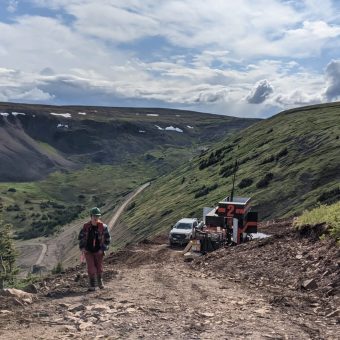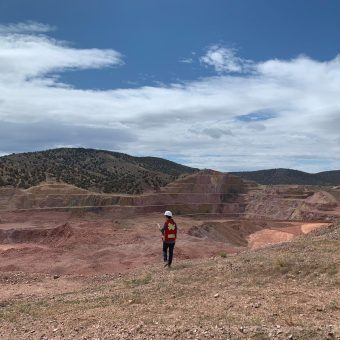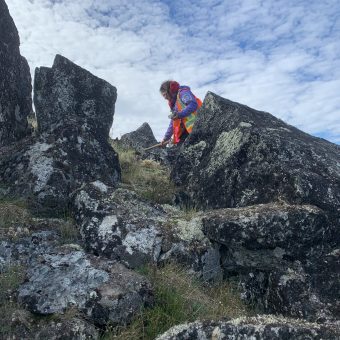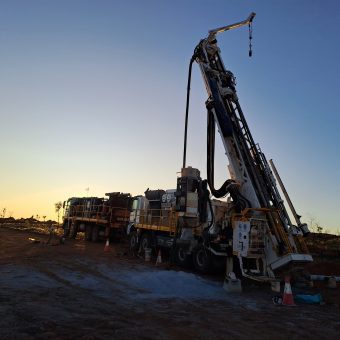Au
Gold occurs in a variety of rock types and deposit styles, with many methods of extraction. The precious metal gold is very important to the world economy. In addition to its monetary value and use in jewelry, it has several industrial uses. It is resistant to corrosion, highly conductive, ductile and malleable, making ideal for use in electronic devices. Gold commonly occurs with other economic metals including silver, copper and base metals. With the steadily increasing use of electric vehicles and electrification in general, gold, and other precious metals used in electronics and batteries will continue to see their demand for industrial uses rise.
Featured Projects
Exploration Challenges
Gold occurs naturally in very low concentrations throughout the earth’s crust and even in our oceans, however very specific conditions must occur to concentrate gold in economic amounts. It can be challenging to explore for gold, because of its unique chemical properties which cause it to behave and be transported in solution differently than other metals.
Gold has been an important metal throughout human history, and we have been exploring for it and extracting it from the earth for millennia. Many of the larger, more exposed, and obvious gold deposits have already been discovered and exploited. This makes discovering new deposits more challenging, since they may be hidden under surface cover or in more remote regions.
How APEX Helps
APEX geologists have experience working on a vast variety of gold deposit types in many different environments using a diverse suite of exploration techniques. APEX excels at planning and executing effective exploration programs using exploration tools appropriate to the region and deposit style. For example, in regions with limited rock exposure, a combination of stream, soil, and biogeochemical sampling in conjunction with ground geophysics can be used to define targets and focus exploration efforts. APEX geologists have a strong technical background in exploring for gold, using techniques including hyperspectral alteration mapping, geochemical fingerprinting, historical data compilation and analysis, and structural mapping.
APEX has been involved in numerous Mineral Resource Estimations for gold deposits, which comply with CIM best practice guidelines and NI 43-101 reporting requirements. Often this involves coordinating with a multidisciplinary team of Qualified Professionals (QP’s). APEX is experienced with all stages of these estimates, from on the ground drilling and QAQC, to geological interpretation and modelling, to high-level geostatistical analysis and block modelling.
APEX has worked on gold deposits around the world including across Canada, USA, Australia, Africa and Central and South America. Our geologists have extensive experience and exposure to exploring for a variety of deposit types, including epithermal, orogenic gold, carlin-type, VMS, mesothermal, shear-hosted, intrusion related and gold rich porphyry deposits.

















